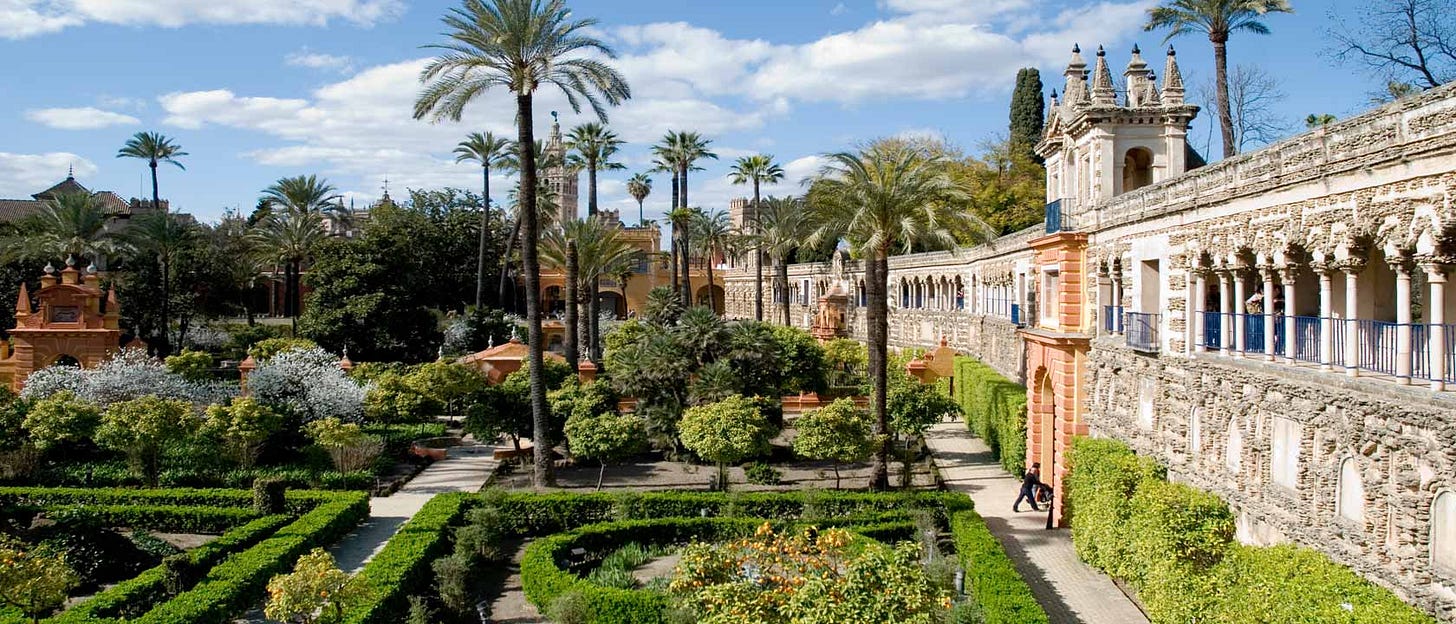“I Have Tried to Write Paradise”
The Spanish garden enchants to this day as a cultural emblem of the Medieval and Early Renaissance Spain that is the locus of my novel-in-progress The Dream of Don Juan de Cartagena, a fictional exploration of the world-changing Magellan circumnavigation of the earth. Several of the novel’s key scenes, including its final, take place in Spanish gardens. Like all formal gardens, the Spanish variety serves to impose an Apollonian order – a human-designed form and control – upon the Dionysian riot of flora, fauna, and sensation often found in nature. In particular, the Spanish Garden as we know it is a development of the Persian garden, a manifestation in Spain of the Islamic, Almohad Caliphate that for centuries ruled in Al-Andalus of the Iberian Peninsula, and of the subsequent, post-Reconquista Mudéjar style. The Persian garden is also known as a Paradise garden. Greek versions of the Jewish Bible denominate the Garden of Eden as Paradeisos, a wor…
Keep reading with a 7-day free trial
Subscribe to Homo Vitruvius by A. Jay Adler to keep reading this post and get 7 days of free access to the full post archives.



